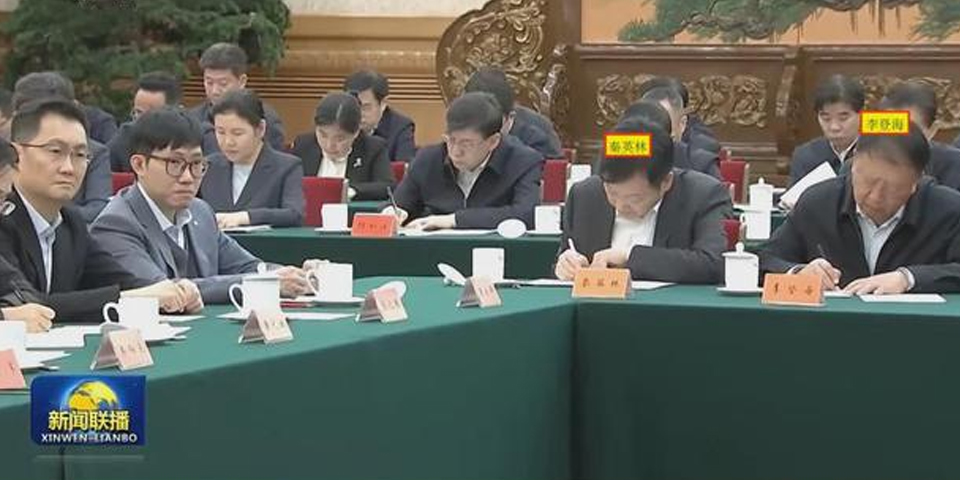Blog
Beijing Private Enterprise Symposium: Key Attendees and Key Signals

In early 2025, a high-level national symposium on private enterprises was held, signaling multiple strategic directions. This meeting not only responded to the current economic situation but also hinted at key future policy orientations.
- Private Economy Upgraded to Core Engine: The status of private enterprises was upgraded from an “important force” to the “core engine” of China’s modernization, positioning them as key contributors not only to economic growth but also to technological breakthroughs, industrial upgrades, and international competition. Policy support is now stronger compared to the 2018 “insider” policy. The focus is on companies with core technologies, particularly in “hard tech” sectors such as Huawei, BYD, and CATL.
- Expanded Policy Toolbox: The introduction of the Private Economy Promotion Law (draft) will accelerate legal protection for private enterprises. Financial reforms include flexible credit policies, and market access will open up more strategic sectors like new energy and commercial aerospace. The goal is to reduce financing costs for private enterprises and expand their role in major infrastructure projects.
- Technology Breakthroughs in the Context of International Competition: The emphasis is on accelerating breakthroughs in fields like AI, quantum computing, and commercial aerospace. Examples include DeepSeek’s AI breakthrough and Yushu Robotics’ competitive edge in robotics. Policies will support these sectors through subsidies and open platforms. Additionally, China’s approach to countering carbon tariffs includes promoting technology-driven cost reduction and international factory setups.
- Regional Economic and Governance Transformation: Following the symposium, regions like Liaoning, Anhui, and Zhejiang held meetings to address issues such as payment delays and unreasonable charges. Policy initiatives encourage regional collaboration, with a focus on innovation hubs in Beijing, the Yangtze River Delta, and the Greater Bay Area. Support will be provided for small and medium-sized enterprises, such as through pilot platforms to reduce technological transformation costs.
- Risks and Future Challenges: Companies like ByteDance and SHEIN were excluded from the meeting, likely due to international compliance issues. The policy may encourage private enterprises to balance international expansion with risk management. Some traditional industries may face challenges due to a lack of core technologies, requiring transformation through both internal and external resources.
Summary: The key message from the 2025 symposium is that private enterprises will be central to China’s technological advancements and high-quality development. Businesses should focus on hard tech sectors, choose regions with strong policy support, and prioritize technological independence to mitigate international risks. With the upcoming legislation and detailed policies, private enterprises will enter a new phase of systemic benefits, but competition will intensify, and only technology-driven companies will thrive.
